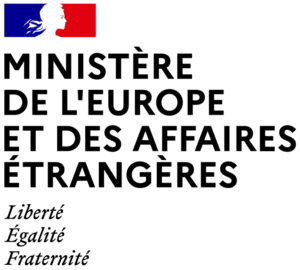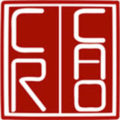2013
The 2013 campaign made it possible to establish a chronological sequence for the selected sites. It is remarkable that the sites of Murgi, Tirisa and Deskit all show long cultural sequences. Until the 2013 campaign, only petroglyphs provided evidence of a protohistoric presence: the extended survey operations, including geophysics, have revealed prehistoric, protohistoric and historic occupations in the vicinity of open-air rock art sites.
Among the contributions made by the 2013 mission, the Tirisa lithic site is certainly one of the most important. For the time being, this site is the only solid evidence of the presence and settlement, certainly temporary, of humans at an altitude of over 3,000 m in the region. This imposing open-air site may have served as a refuge area due to its geomorphological configuration (a depression sheltering a lake) and the presence of andesite suitable for cutting probably justified the choice of the site by prehistoric populations.

 Information leaflets in English and Bhoti
Information leaflets in English and Bhoti








